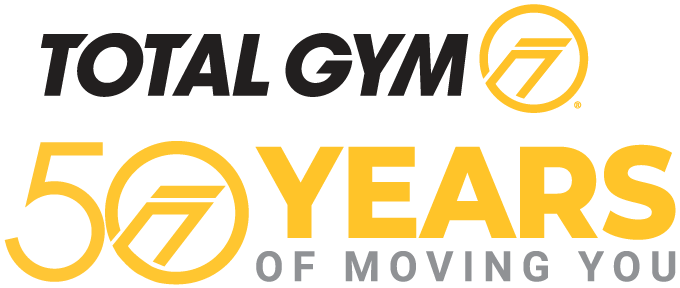News
Which Heart Rate Monitor is Best For Your Clients?
Are You Missing The Opportunity to Improve Your Clients’ Results?
As trainers, how apt are you to use heart rate monitors with your clients? It’s a tool that takes a lot of guess work out of how well they are responding to your training program. At two gyms I work out of, I don’t see many trainers using them and they may be missing an opportunity to improve their clients’ results and consequently return as repeat customers.
Heart rate monitors provide objective information regarding cardiac physiology. They allow trainers to monitor intensity and work to rest ratios. And provide feedback to ensure training targeting specific adaptations are properly administered.
Trainers have the advantage of understanding the importance of determining three types of heart rates for clients to safely get the max results from their workouts. Understanding a client’s maximal, target and recovery heart rates and how to measure and track them using heart rate monitors, allows us to provide superior results. When we’re working with someone whose physical condition is compromised and should be tracked, i.e. hypertension and heart conditions, this is especially important.

Industry Background
The use of heart rate monitoring devices for exercise and other aspects of life has increased sharply over the past 10 years and will continue to grow. TechNavio, a tech market research company indicates that the market will grow another 13% over the next three years to almost $3 billion. The growing sophistication of these devices to monitor life activities like floors climbed, steps taken, calories burned and active minutes, and an increased desire by individuals to take control of their health and reduce illness, are prime reasons for growth. Also many of these devices now connect with third party apps like local gyms and MyFitnessPal, making them valuable tools for maintaining a healthy lifestyle.
Chest straps and optical heart rate wrist bands are the two most common types of heart rate monitors available, and they both use similar methods to measure a pulse. During 2015, the global heart rate monitoring device market was led by the chest strap segment which accounted for more than 51% of the market because they provide more accurate results compared with wristbands.
Along with or because of market growth spurred by individuals wanting to take more control over their exercise performance, the fitness industry is experiencing growth in exercise outlets like Orange Theory, that focus on monitoring heart rates using these devices. Per Fitness Professional Online, these heart rate monitoring outlets allow the trainer and clients to access individual and group heart rate data in real time during a workout and afterwards via access to the data which is recorded and stored on the web.

Cost Effective?
Is it cost effective for gyms to invest in a system that can track every client’s heart rate when they step into your facility? I spoke with Melanie Wilson at FitMetrix, a company that services the gym market. FitMetrix helps gyms utilize data for member retention bringing technology based best practices from outside of the fitness industry. The startup cost to employ a heart rate monitoring system entails a onetime purchase of a receiver and then a monthly $149.00 maintenance fee. A receiver that can service a 2000 square feet area costs around $600.00. What’s nice about these systems is that they can be paired with a client’s own heart rate monitor from industry leaders including Fitbit, Polar and Garmin. If you’re looking to outfit your gym to service multiple clients, investigate Myzone, MyPerformance, Polar Club and Heart Zones.
What Are The Advantages Of Using Heart Rate Monitors On Your Clients?
> The trainer can monitor intensity and work to rest ratios, and provide feedback to ensure training targeting specific adaptations are properly administered.
> Monitors provide data or information that could indicate a problem such as atrial fibrillation or heart rates exceeding max heart rate.
> If connected to an app like MyFitnessPal.com, the trainer can track client’s workout data outside of gym times which can provide more customized training programs.
> They give personal trainers the ability to teach and educate the client about the rate of perceived exertion (RPE) and understand how hard or easy they are working guide the intensity of sessions.
Trainers should heed the call to incorporate heart rate monitors and other technology into their training tool box. The fitness industry is growing, but so is its sophistication. The trainer who embraces how technology can improve results is the trainer who will survive.

Top Heart Rate Monitors
Below are current, top, chest strap monitors per Gadgets and Wearables.com. Note that they all track heart rate and calorie burn and have built in memory for use without a smart phone. They all are compatible with proprietary and third party fitness apps through Bluetooth and ANT+ dual ban technology. Polar H10 boasts that it can monitor heart rates in water.
Wahoo Tickr
Polar H10
MyZone MZ3
Garmin HRM Tri
About the Author

Benita Perkins is a widely acclaimed health and wellness branding expert focusing on the fitness needs of women and the special demands they must overcome to step into a lifetime of healthy living through fun, interactive lifestyle events. Her company, Bennie Girl Health & Wellness Branding & Events, works with businesses and organizations to associate their brands and products with a healthy lifestyle, by identifying opportune events to participate in and activities that will best define and communicate the organization’s mission.

